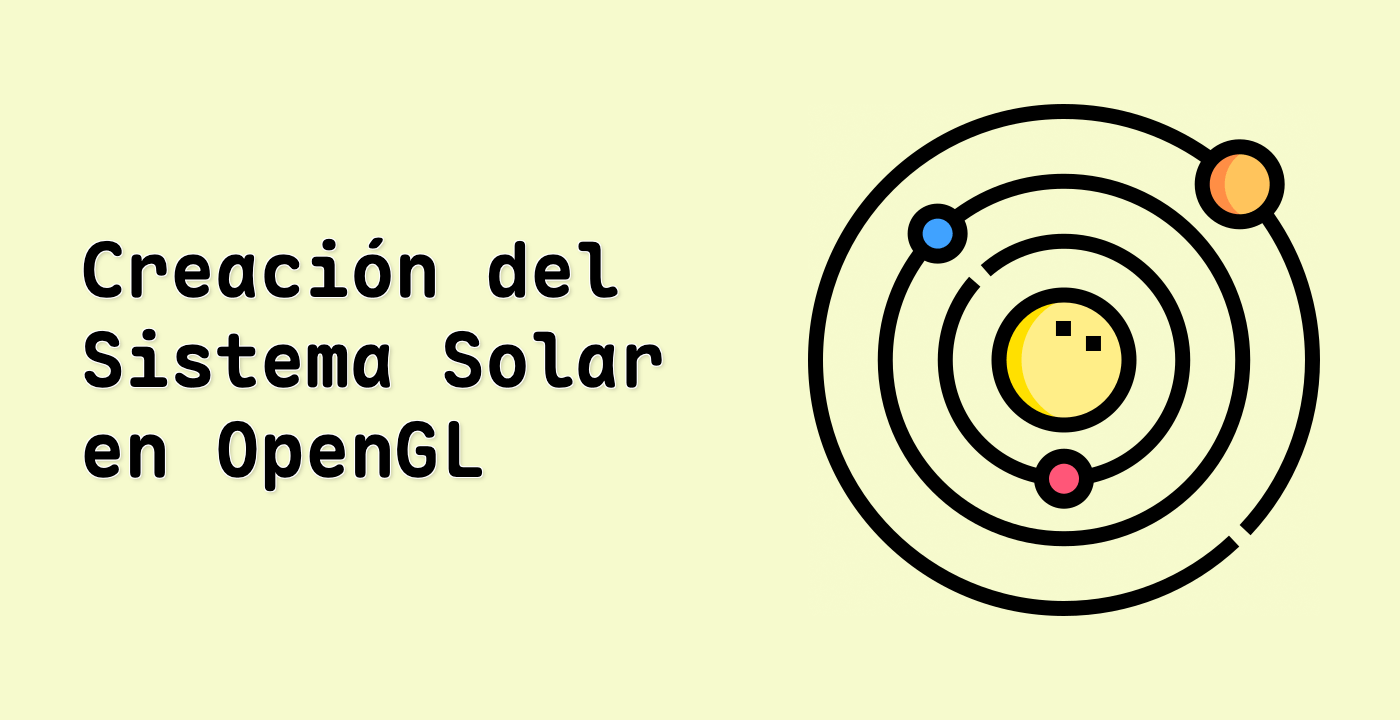Introducción
En este laboratorio, aprenderemos cómo implementar el Algoritmo de Planificación Round Robin en C++. El algoritmo de planificación Round Robin es un algoritmo preemptivo en el que un proceso se ejecuta durante un segmento de tiempo fijo conocido como quantum de tiempo. Si el proceso completa su ejecución dentro del quantum de tiempo, se termina; de lo contrario, se mueve al final de la cola de listos.



